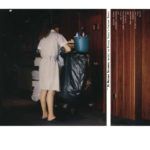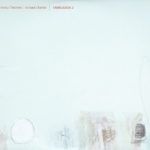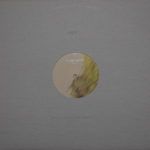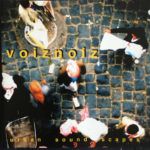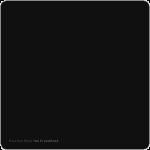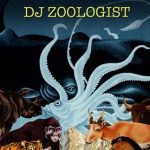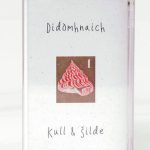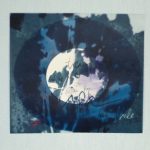Built Through
13,00 € VAT Included
Only 2 left in stock
The acoustic architecture of Robert Curgenven and Richard Chartier forms a delineation of space built through dismantling the constitution of internal and external. Beyond dividing space, creating a façade or habitable zone, the perceptibility of the surface is turned back in on itself and with it a shift in the ideological and social context of the space. A seamless integration of digital and analogue, a suffusion which creates a mutual modulation, transforming purpose chosen materials—dense, undulating foundations through to stratified filaments and needle-point framework—defining the approach, the entry, the walk-through, the departure.
TRACKS:
1 invariance strata (13:44)
2 displacement (09:22)
3 built through both sides (25:33)
4 acquisition eviction (07:12)
1: Original composition “of surfaces–variance” from 2002’s Of Surfaces (LINE_008) by Chartier. Processed through three improvisations for a 16 foot single manual pipe organ recorded in West Penwith, Cornwall, August 2010.
2: Field recording by Curgenven from Urunga, Australia, March 2010. Digitally reprocessed/reworked by Chartier. Further processing by Curgenven through an improvisation for binaural microphones, wine glasses, two turntables and linear series dubplate, recorded in London, October 2010.
3: Originally composed by Chartier at Garage Festival in Stralsund, Germany 2004 and Paris, France 2005. Lost, found, and reworked using digital means and field recordings by Chartier in 2011. Processed through: guitar feedback recorded by Curgenven in Milan and London in 2010; turntables and linear series dubplates recorded London 2011; field recordings from Berlin, 2004-2007. Mixed in London and Cornwall, November 2010-July 2011.
4: Original composition “series 6” from 2000’s Series (LINE_001) by Chartier. Processed through a matrix of pieces for nine turntables, linear dubplates and ventilator, recorded in London, live in Manchester and Budapest, September-November 2010. Mixed at 4 The Field, Nancledra, Cornwall, March 2011.
Mastering: Giuseppe Ielasi, Milan, Italy, March 2012.
Thanks to: Kat McDowall, Jonny McHugh, Attila Faravelli, Andras Nun, Henry Tadros.
Cover image by Robert Curgenven.
Robert Curgenven (b.1974) suffuses immense fields of constantly shifting sound with an elegant tactility and mesmerizing detail. His compelling work spans immersive resonances via turntables and custom-made vinyl, instrumental harmonics and guitar feedback, to carefully detailed field recordings from remote areas in which he lived for many years. Drawing on the physicality of sound – and not just the physical impact on the body but the way in which the auditory can shape our perception of space and the flow of time – The Wire surmises that “behind the music—to these ears at any rate—lurk such [disparate] presences as Alvin Lucier, King Tubby, Murray Schafer and Eliane Radigue.”
Curgenven has performed throughout Australia and Europe. He has presented sound, audiovisual and sculptural work in group exhibitions including Transmediale (Berlin) and 10 Years of Microsound (Diapason Gallery, New York) as well as galleries throughout Australia, Italy, France, Poland, UK and Germany including solo work at the Centre for Contemporary Art, Torun (Poland). His 2010 album, Oltre, a documentation of two months of live concerts across Europe in 2009, was announced by Boomkat as “The best LINE release in ages.”
–
Richard Chartier (b.1971), sound and installation artist, is considered one of the key figures in the current of reductionist electronic sound art which has been termed both “microsound” and Neo-Modernist. Chartier’s minimalist digital work explores the inter-relationships between the spatial nature of sound, silence, focus, perception and the act of listening itself. Chartier’s sound works/installations have been presented in galleries and museums internationally and he has performed his work live across Europe, Japan, Australia, and North America at digital art/electronic music festivals and exhibits. In 2000 he formed the recording label LINE and has since curated its continuing documentation of compositional and installation work by international sound artists/composers exploring the aesthetics of contemporary and digital minimalism. In 2010 he was awarded a Smithsonian Artist Research Fellowship.




